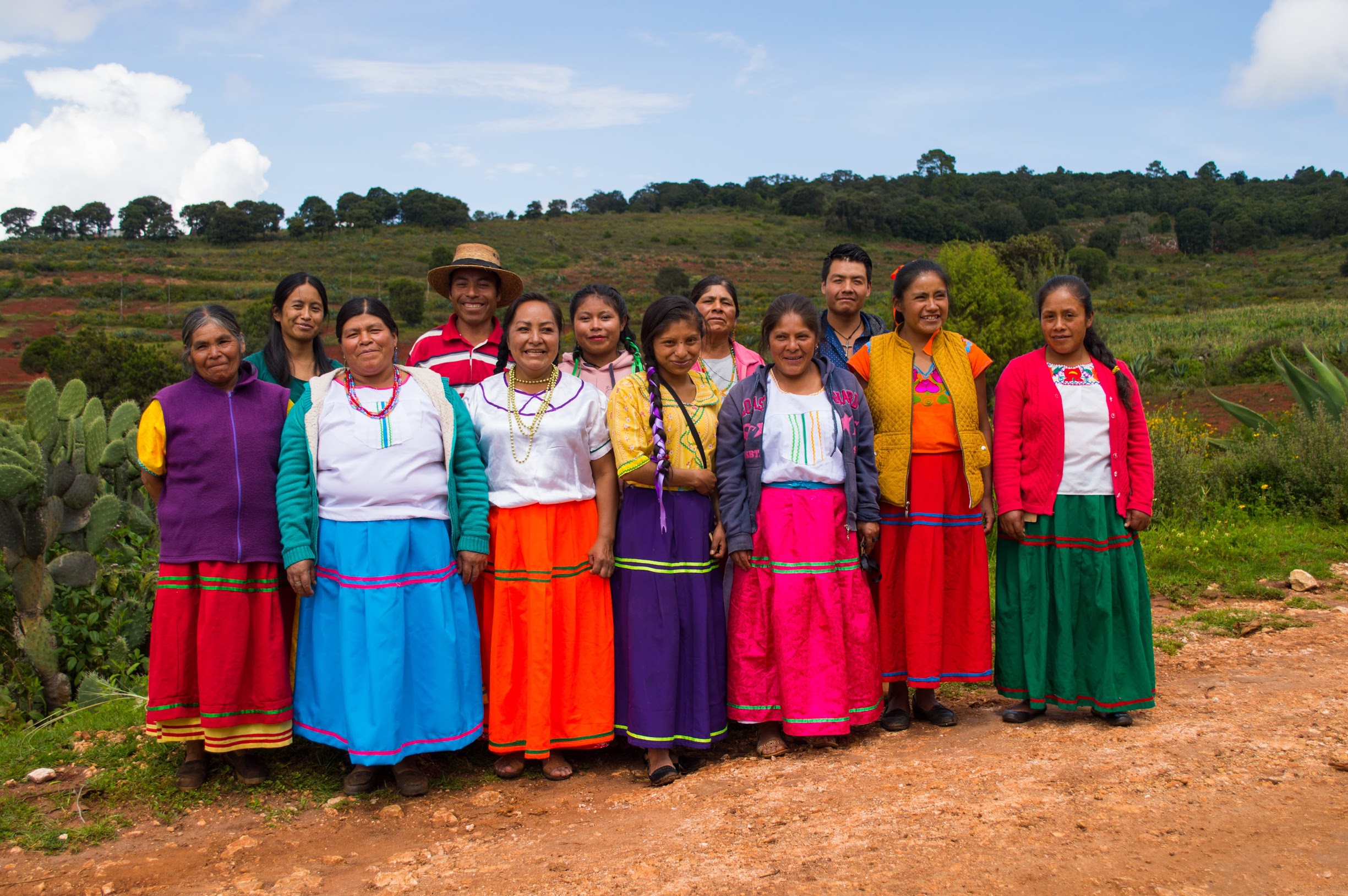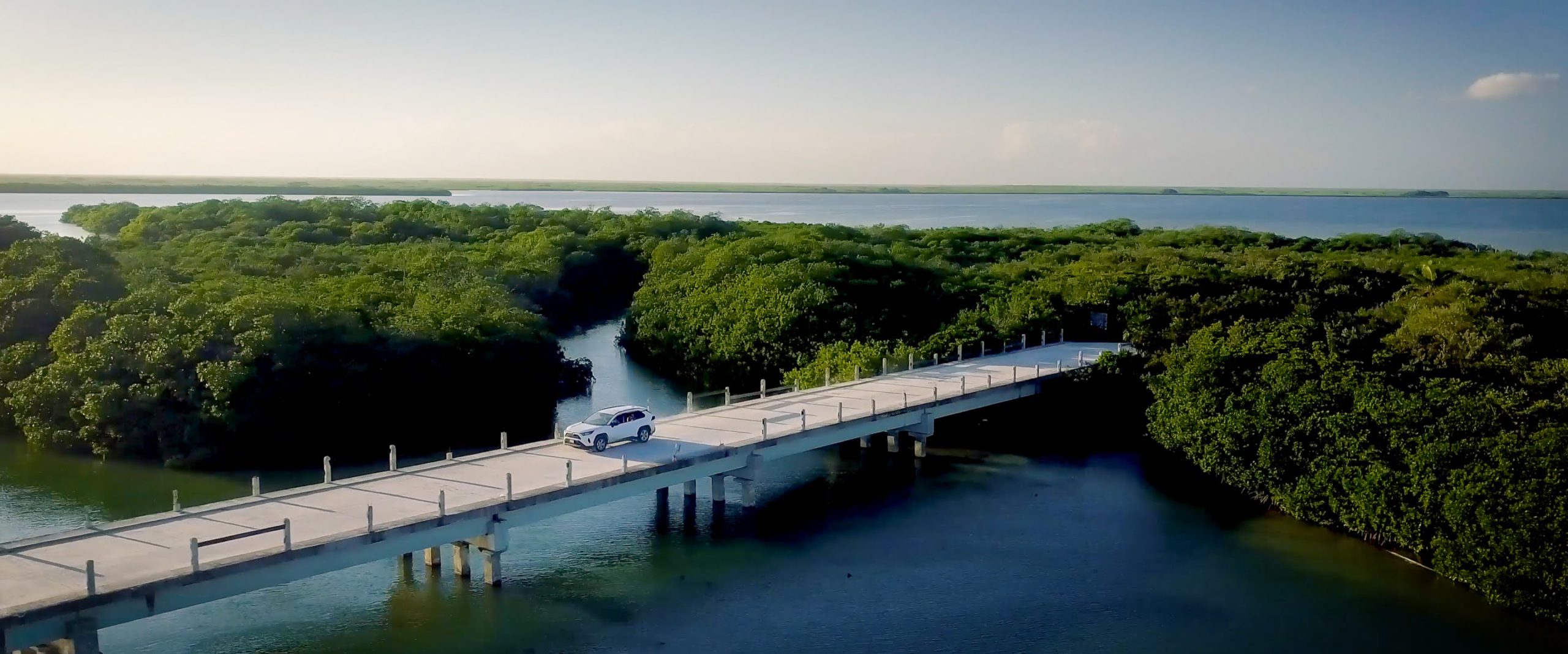Six unnoticed archaeological sites in Chiapas
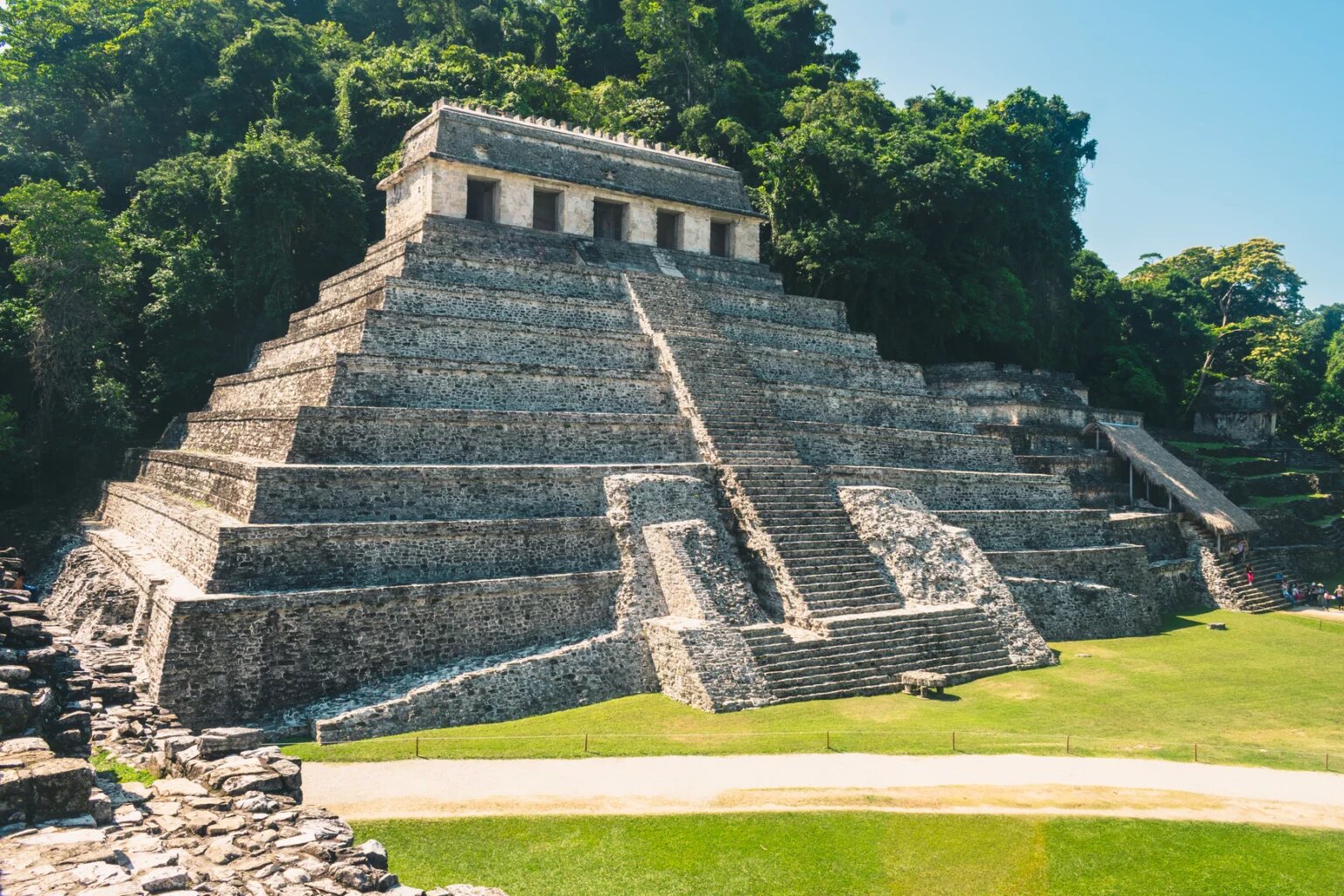



Tailor made for you.
The diversity and history of Mesoamerican cultures in Mexico is not only the best excuse to start a great journey (guided by Rutopía) but also the opportunity to appreciate life from its purest origin. Speaking of this, in this country, there is a great variety of archaeological sites that will allow us to know and recognize our past.
Among the most famous remains are those located in Tulum, Teotihuacán, and Monte Albán. However, this does not mean they are the only ones; archaeologists work every day to generate new discoveries and invite us to go beyond the classic recommendations.
A wonderful example of this can be seen in Chiapas, a state unique not only in Mexico but in the world. Rich in landscapes, food, culture, and pre-Columbian traces. A place that undoubtedly should be on the list of things everyone must see at least once in their lifetime.
In honor of this, we have chosen six archaeological sites in the lush state of Chiapas. Some famous, that you have surely heard of, and others less known that will expand the horizon of those who visit them.
Tenam Puente and Chinkultic Archaeological Zone
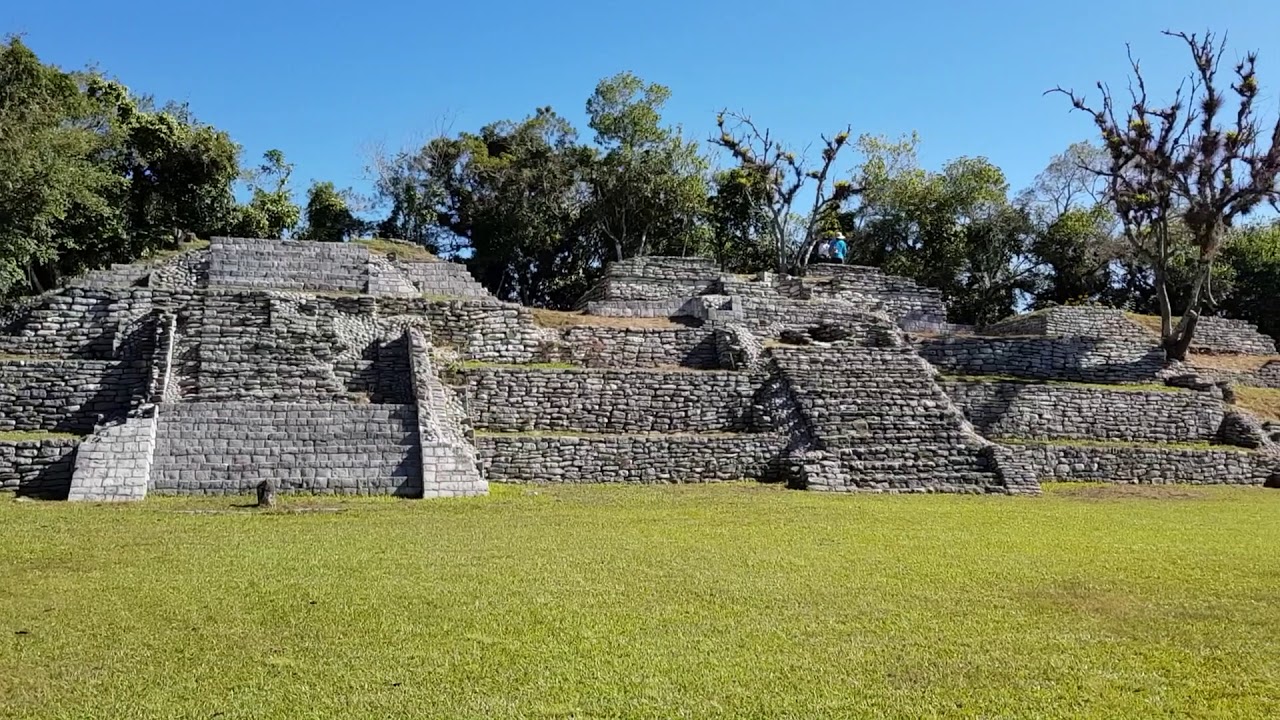
Tenam Puente is characterized by a timeline that transcends the collapse of most of the Maya cities of the Lowlands. It corresponds to the Classic period, whose main characteristic is the use of limestone construction techniques.
Chinkultic was famous in the Classic era for producing beautiful pottery. Its main attractions are the terraces, the Ball Game courts, and countless stelae. In addition, it is located near the Laguna Chincultik Ecotourism Center where you can get closer to the culture and traditions of this region.
Sak Tz’i Maya City
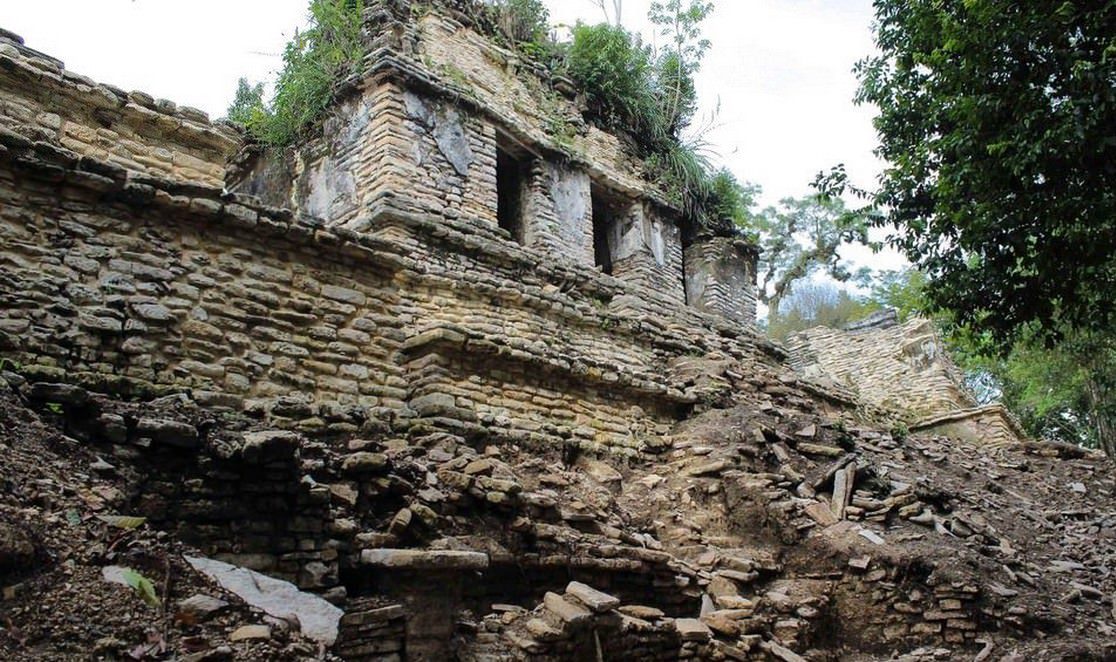
Sak Tz’i means “white dog” in the Tzeltal language. This site was the capital of a Maya kingdom founded around 750 B.C. The city was inhabited for approximately one thousand years and despite its longevity, it was not discovered until 2018, after years of searching.
At this site, you will find pyramids, palaces, and the Ball Game court, Sak Tz’i. Each of these remains is surrounded by streams and masonry walls.
Near this site is the Topché Jungle Lodge ecotourism center where nearby communities teach travelers how to make crafts, use medicinal plants, live in harmony with nature, and narrate stories and legends that transcend time.
Bonampak Archaeological Zone
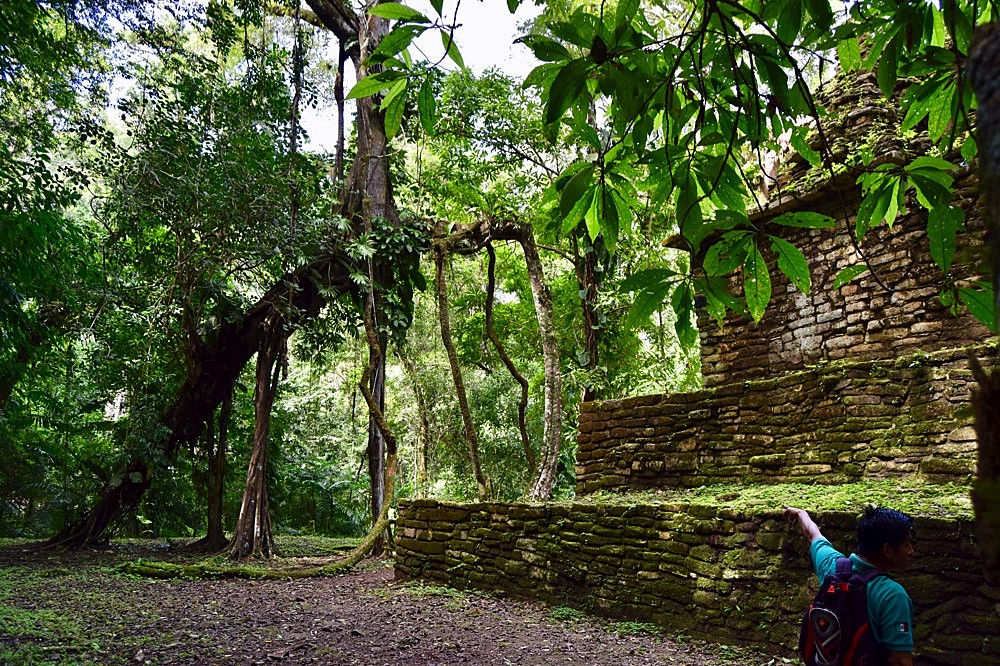
Bonampak means painted walls in Maya. Located in the Lacandon Jungle, this archaeological site is full of history and attractions related to its jungle environment, the wildlife that lives there, and the countless wonders of the universe that can be observed every night.
Moreover, its murals should not be overlooked. Paintings more than 110,000 years old, where you can admire what life was like in this pre-Hispanic city. No other work related to the Maya brings us closer to the past in such detail as Bonampak.
Palenque Archaeological Zone

Palenque is part of the heart of Chiapas and also a UNESCO World Heritage site. In ancient times, it was one of the most powerful cities of the Classic Maya, protected by the Lacandon jungle.
At this emblematic archaeological site, you can visit The Temple of the Inscriptions, known for its size and significance. Additionally, you can also see The Palace, an impressive architectural work of Palenque. Accompanying this large complex is the Group of the Crosses, a very important ceremonial ensemble, and the Site Museum which features a large exhibition hall.
Yaxchilán Archaeological Zone
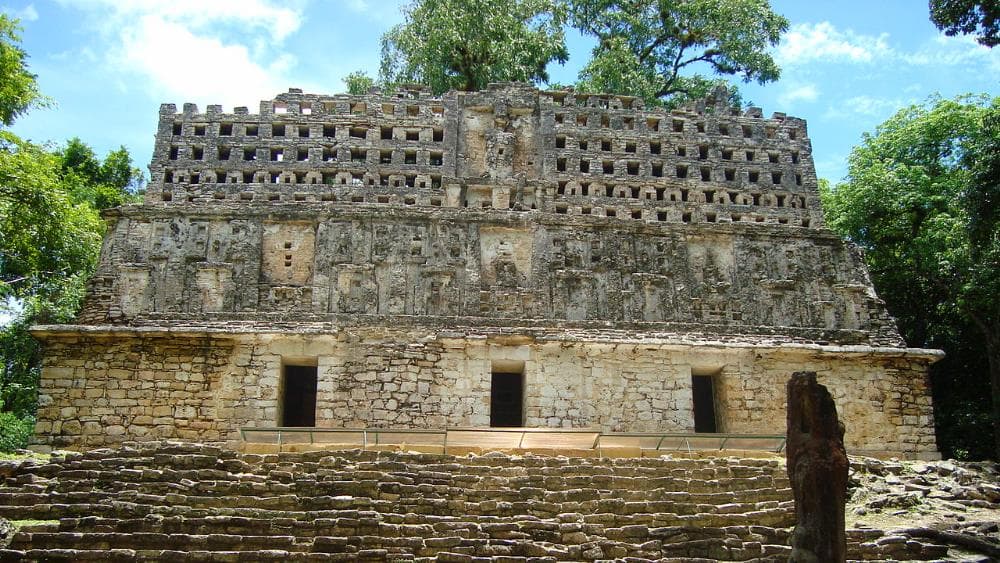
Covered by the thick jungle vegetation and under the gaze of the majestic jaguar, lies one of the most impressive Maya cities in Chiapas.
The importance of Yaxchilán lies not only in the beauty of its architecture but also in its 124 texts on 30 stelae, 21 altars, and 59 lintels that narrate the establishment of alliances or military conflicts that the ancient populations experienced.
Toniná Archaeological Zone
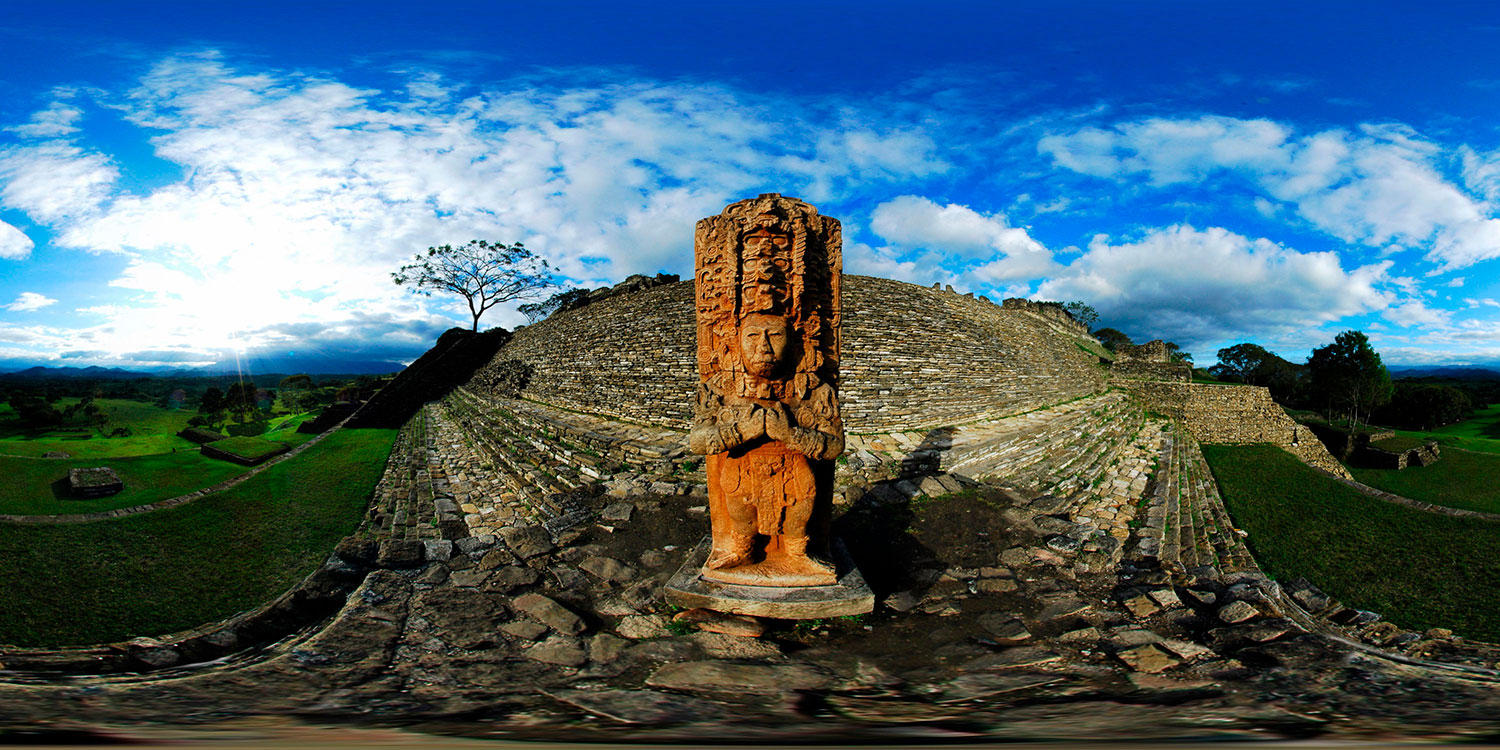
Toniná means The Stone House in Tzeltal. This site flourished between the late 6th century and early 10th century A.D., being a military power. The most outstanding features of Toniná are the Underworld Palace, the Temple of the Grecas, the Ball Game court, and the Altar of Sacrifices. The entire complex forms a huge labyrinth of temples, palaces, and stairways that are the result of more than one thousand years of construction.
Finally, the surprising beauty and mysticism that surround this archaeological zone is largely due to the jungle. That is why it is part of other places of great tourist interest such as the stunning Agua Azul and Misol Ha Waterfalls.
journey





